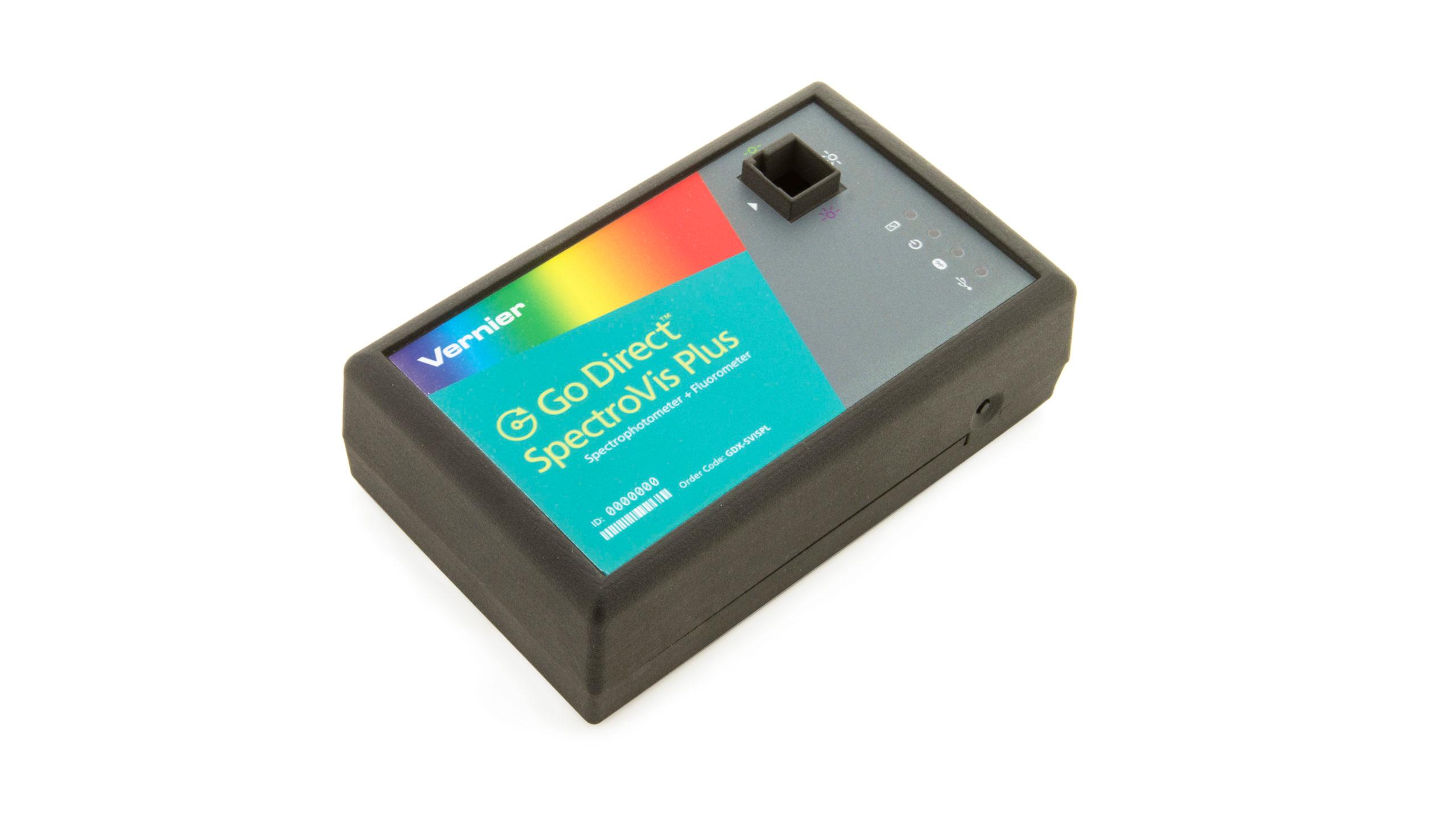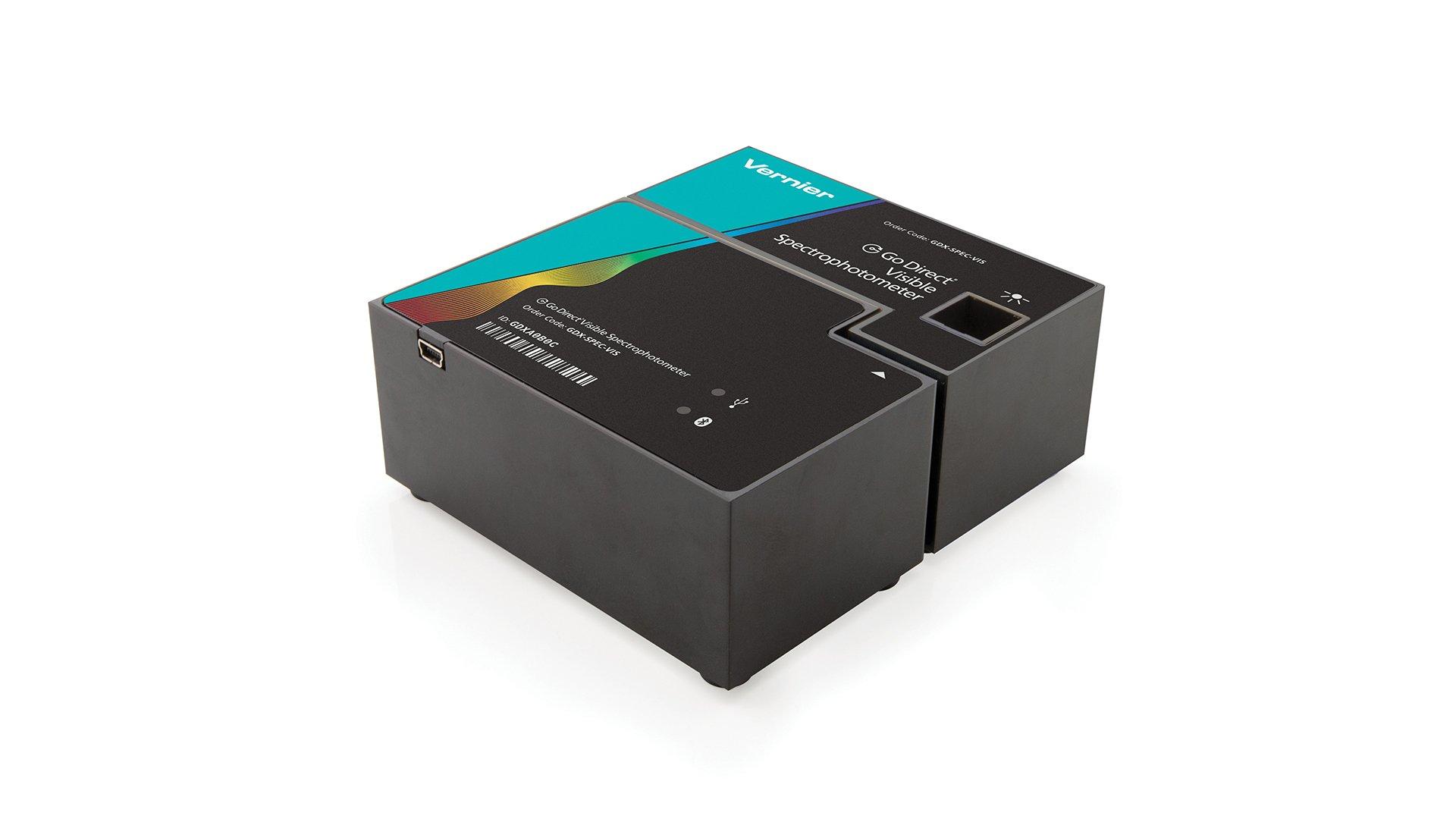Determining the Quantity of Iron in a Vitamin Tablet
Experiment #34 from Chemistry with Vernier
- Education Level
- High School
- Subject
- Chemistry
Introduction
As biochemical research becomes more sophisticated, we are learning more about the role of metallic elements in the human body. For example, copper and zinc are present in enzymes, and trace amounts of molybdenum and selenium are vital in regulating internal oxidation-reduction reactions. Iron is necessary for oxygen transport in the bloodstream. Many people gain these essential elements through their diets, or by taking multivitamin tablets.
The iron that is present in these tablets is in the form of water-soluble Fe2+ ions. In this experiment, you will use the Colorimeter or Spectrometer to determine the quantity of iron in a vitamin tablet. You will prepare four solutions of known Fe2+ concentration. The Colorimeter or Spectrometer will be used to determine the absorbance of each solution at a specific wavelength of light. When a graph of absorbance vs. concentration is plotted for these solutions, a direct relationship should result (Beer’s law).
You will also use a Colorimeter or Spectrometer to measure the absorbance of a solution prepared from a multivitamin tablet. This absorbance value is converted to concentration using the Beer’s law curve. From this concentration, the total mass of iron in the original tablet can be calculated.
The iron in each tablet tested will be reacted with 1,10 phenanthroline so that it develops a detectable color. Sodium acetate and hydroxylamine hydrochloride are added to control the pH of the mixtures and keep the iron in the +2 oxidation state.
Objectives
In this experiment, you will
- Prepare Fe2+ standard solutions.
- Measure the absorbance of each standard solution.
- Plot a graph of absorbance of Fe2+ vs. concentration.
- Use a sensor and your Beer’s law plot to determine the quantity of iron in a vitamin tablet.
Sensors and Equipment
This experiment features the following sensors and equipment. Additional equipment may be required.
Option 1

Option 3

Ready to Experiment?
Ask an Expert
Get answers to your questions about how to teach this experiment with our support team.
- Call toll-free: 888-837-6437
- Chat with Us
- Email support@vernier.com
Purchase the Lab Book
This experiment is #34 of Chemistry with Vernier. The experiment in the book includes student instructions as well as instructor information for set up, helpful hints, and sample graphs and data.



